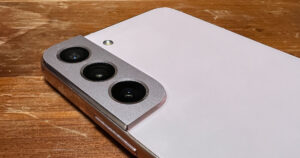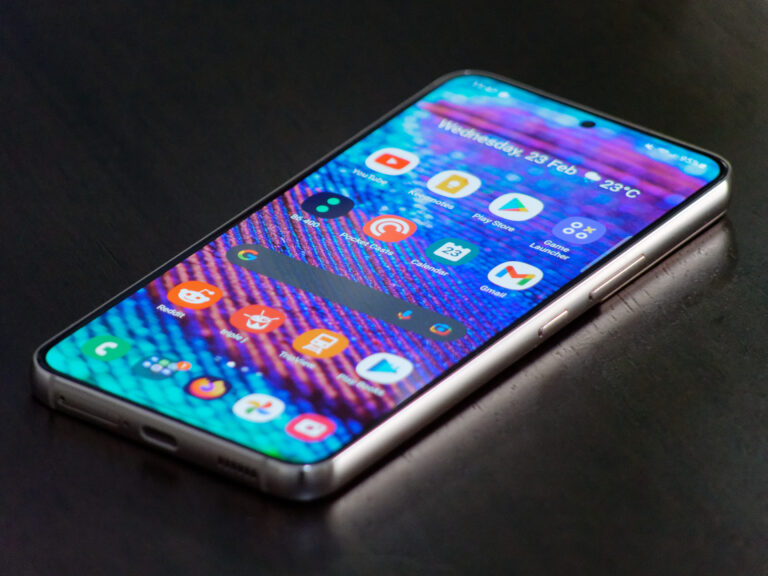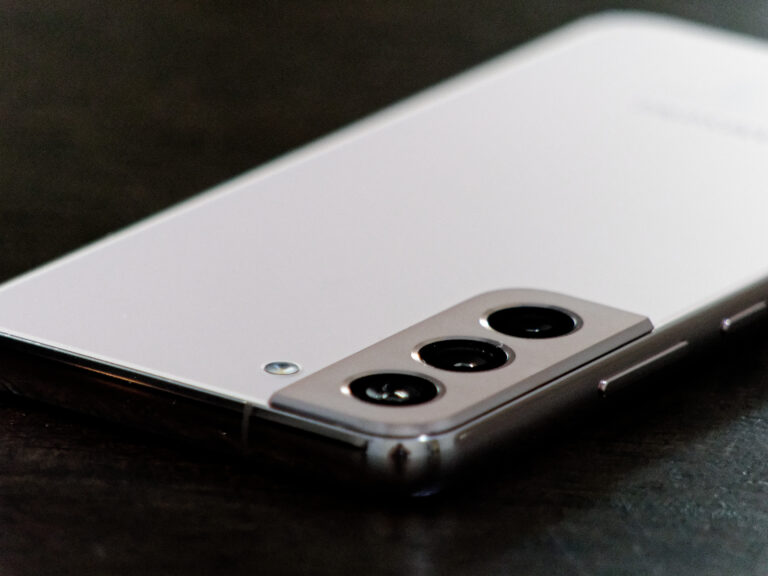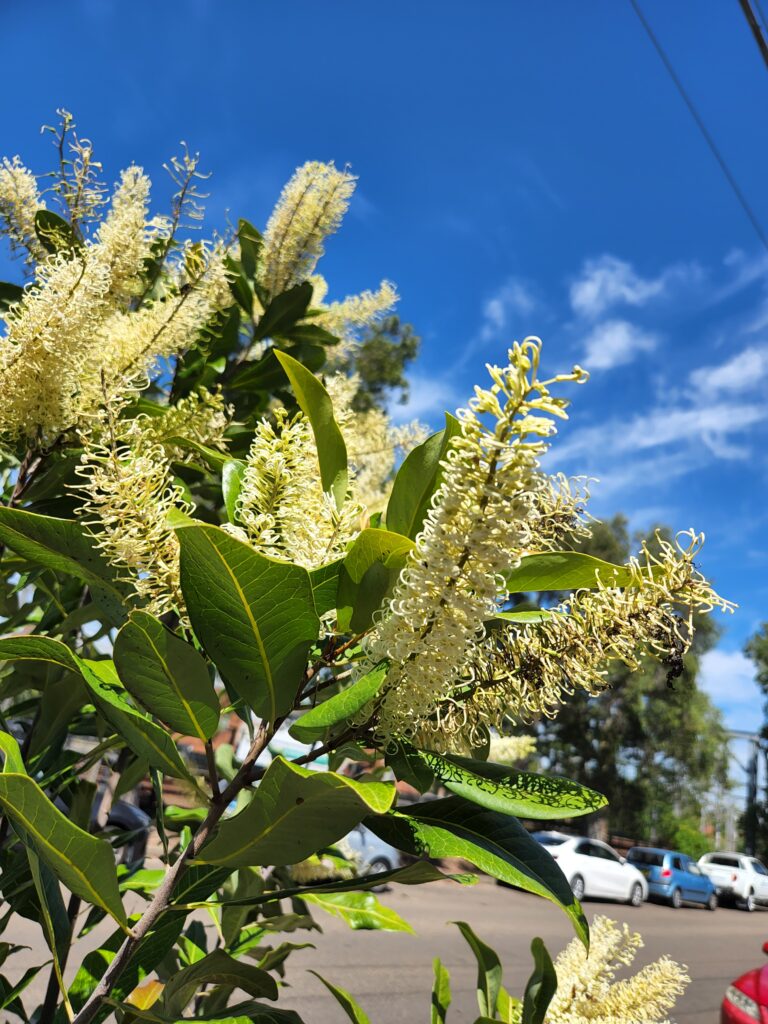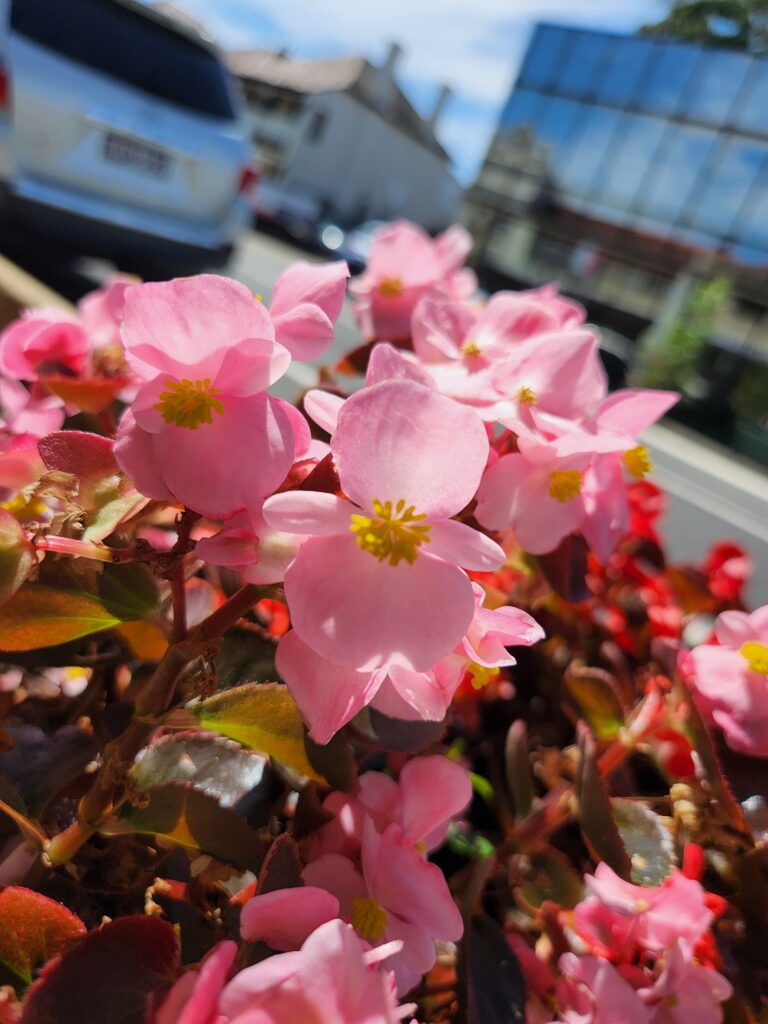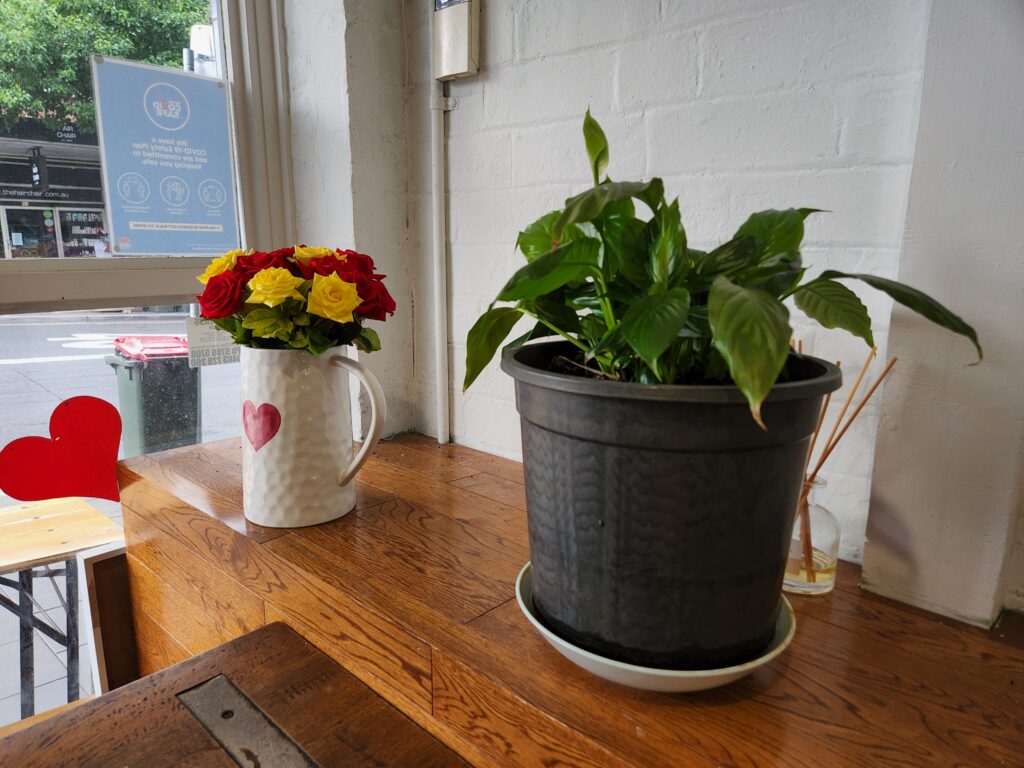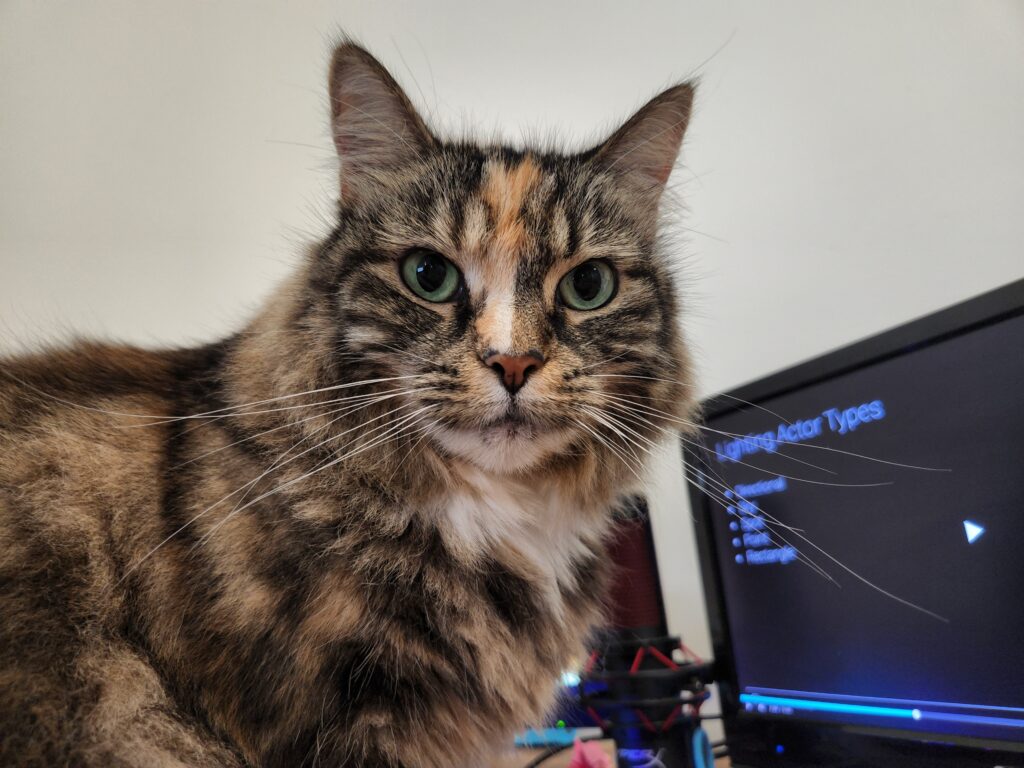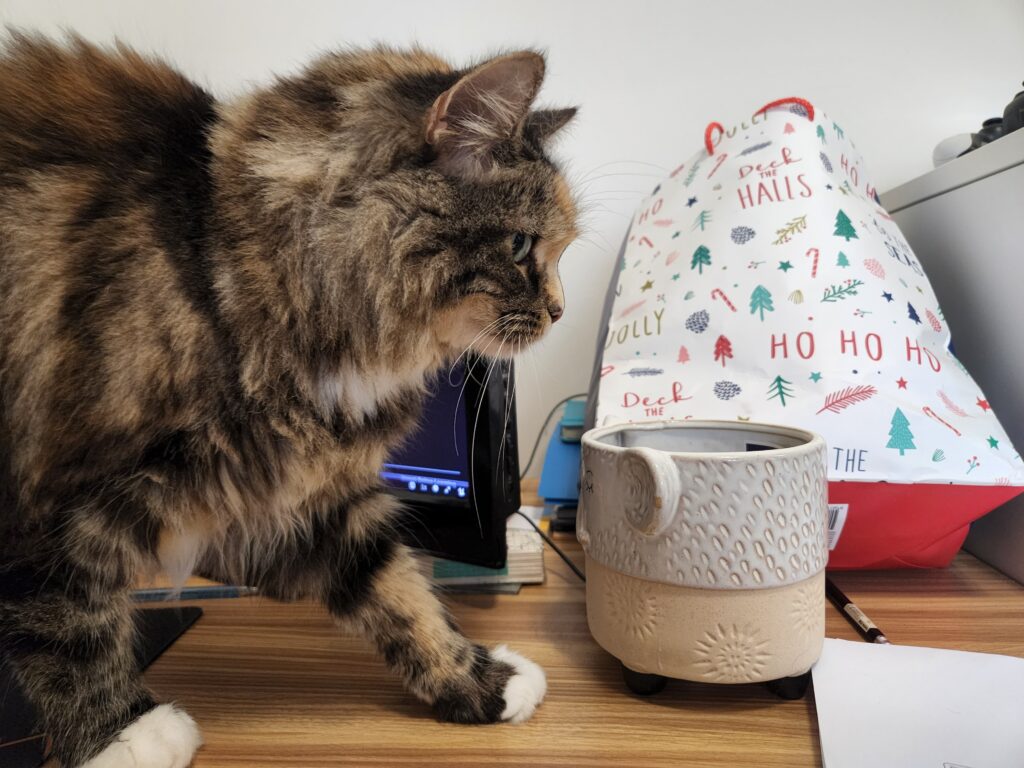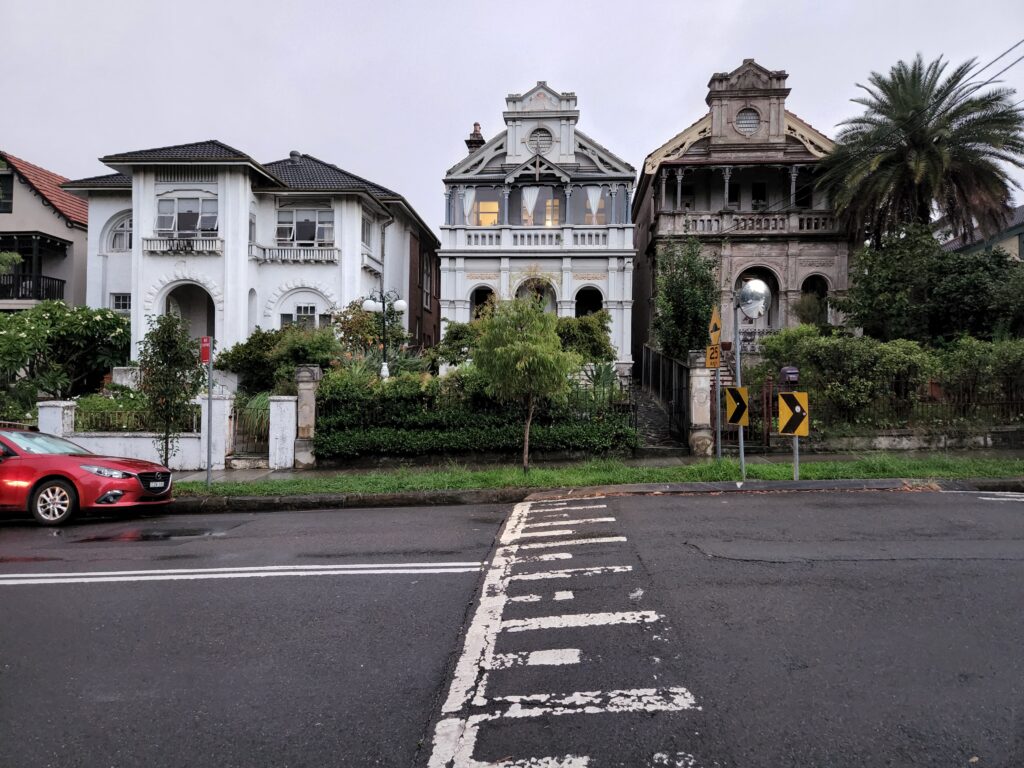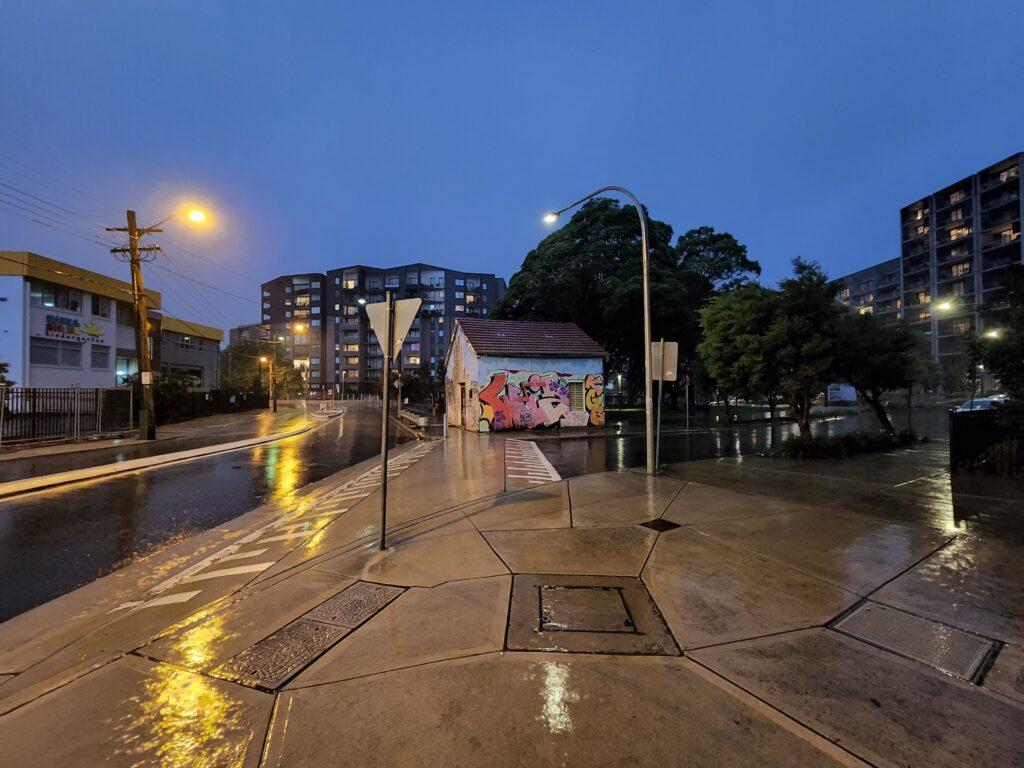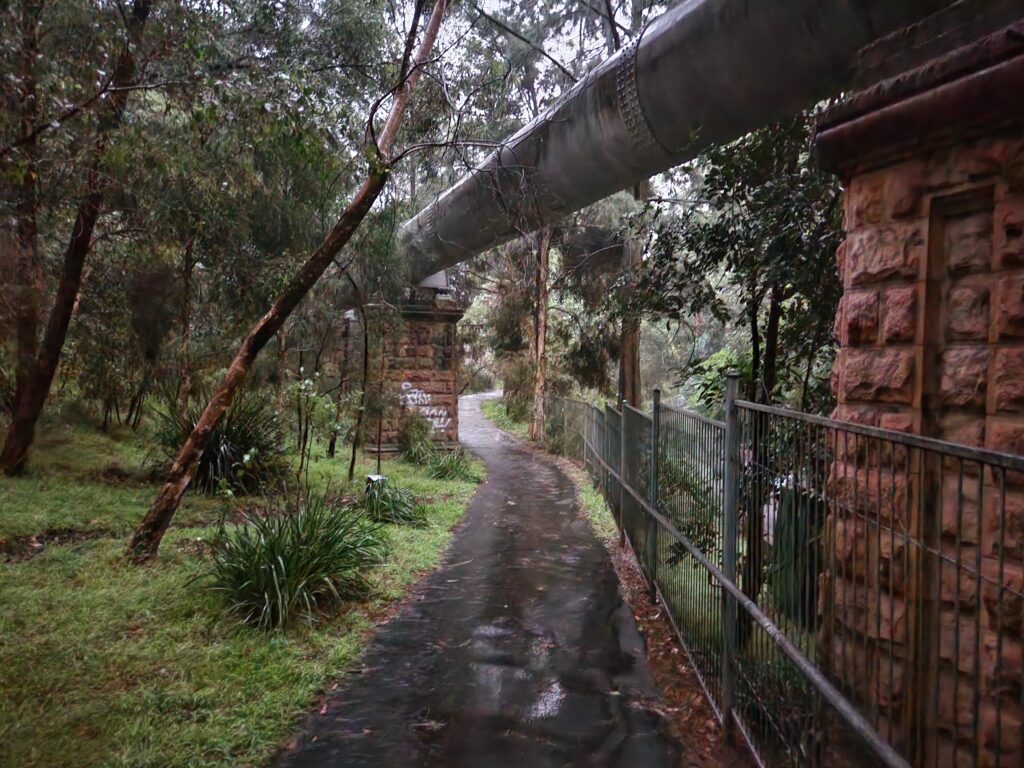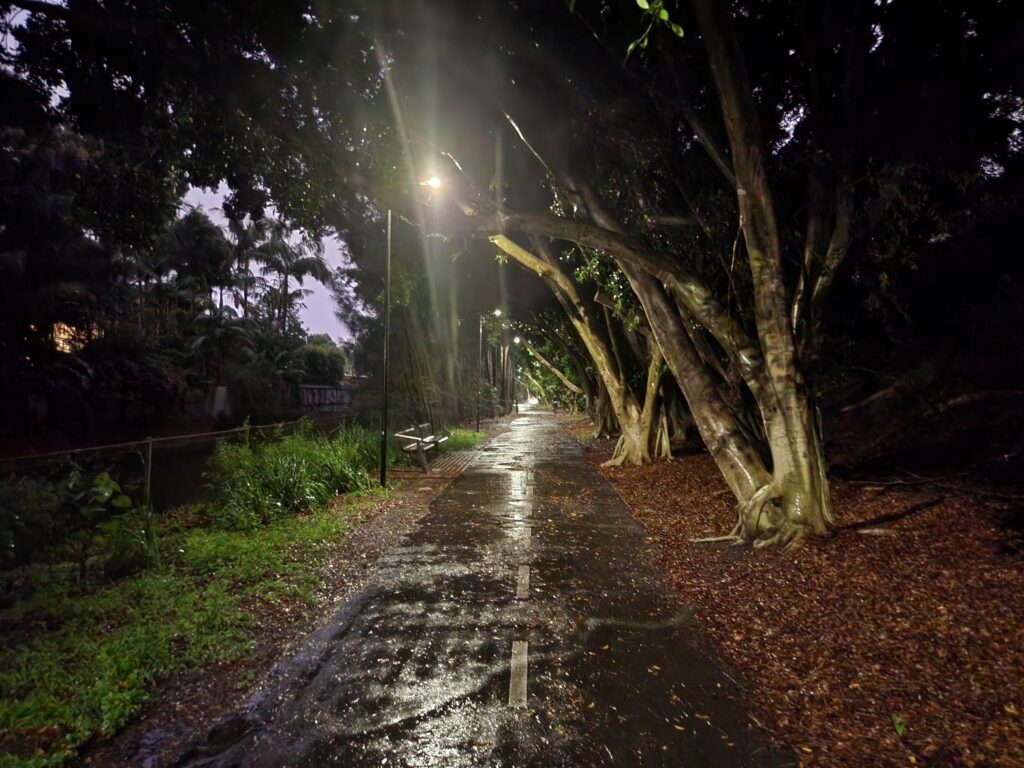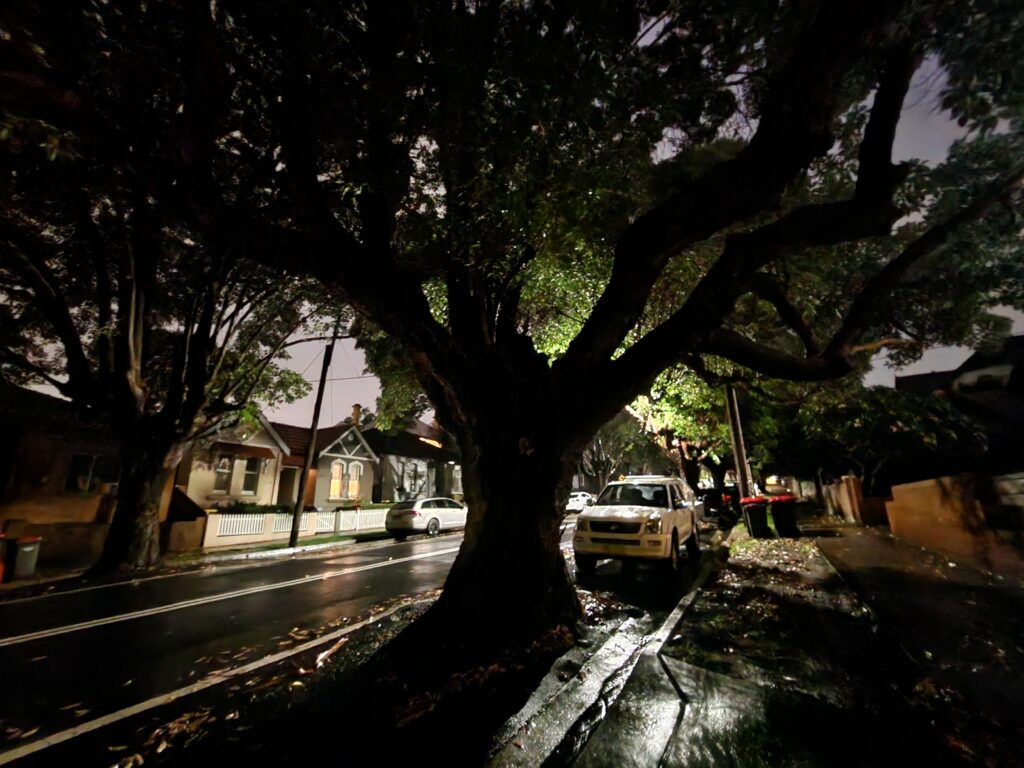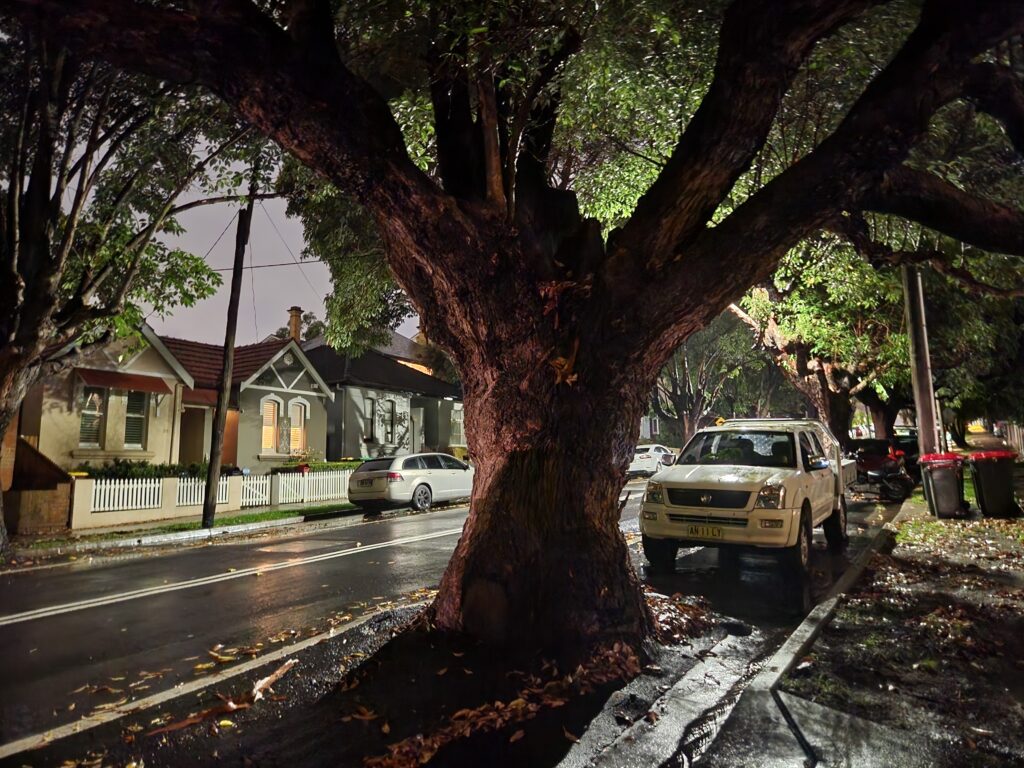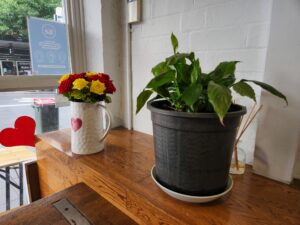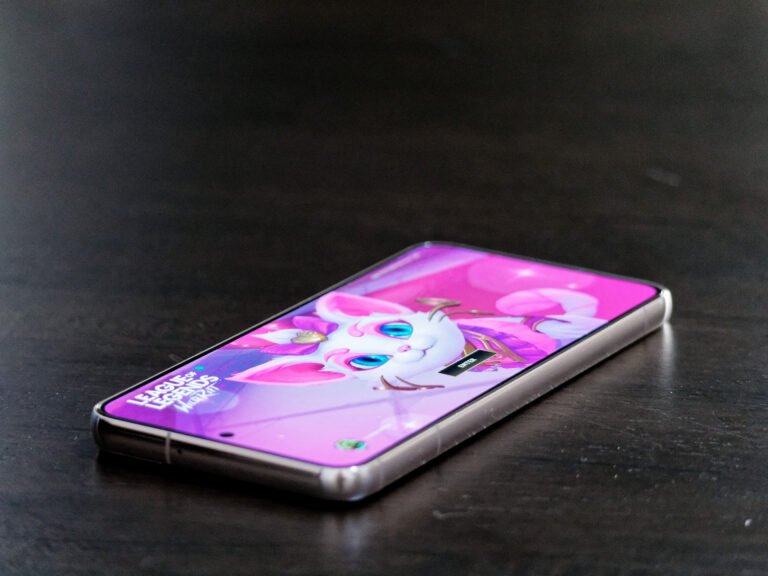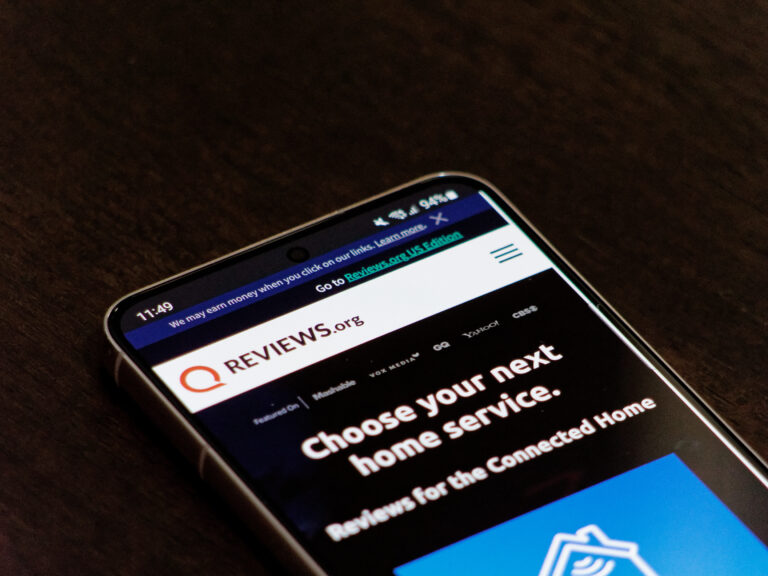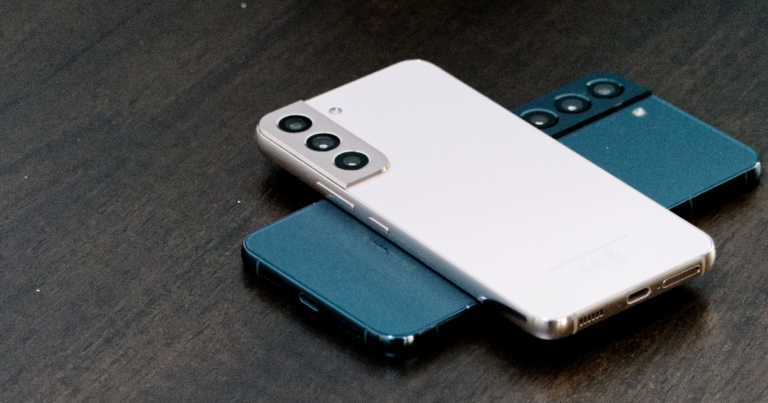Optus Mobile Review ALDI Mobile Review Amaysim Mobile Review Belong Mobile Review Circles.Life Review Vodafone Mobile Review Woolworths Mobile Review Felix Mobile Review Best iPhone Plans Best Family Mobile Plans Best Budget Smartphones Best Prepaid Plans Best SIM-Only Plans Best Plans For Kids And Teens Best Cheap Mobile Plans Telstra vs Optus Mobile Optus NBN Review Belong NBN Review Vodafone NBN Review Superloop NBN Review Aussie BB NBN Review iiNet NBN Review MyRepublic NBN Review TPG NBN Review Best NBN Satellite Plans Best NBN Alternatives Best NBN Providers Best Home Wireless Plans What is a Good NBN Speed? Test NBN Speed How to speed up your internet Optus vs Telstra Broadband ExpressVPN Review CyberGhost VPN Review NordVPN Review PureVPN Review Norton Secure VPN Review IPVanish VPN Review Windscribe VPN Review Hotspot Shield VPN Review Best cheap VPN services Best VPN for streaming Best VPNs for gaming What is a VPN? VPNs for ad-blocking Likewise, the current competition in the market from Google and Apple is particularly fierce. So it’s not really a major shock that Samsung’s Galaxy S22 is launching in Australia at an identical price-point to that of the previous Galaxy S21: $1,249. For many consumers, that sum of money means that the Samsung Galaxy S22 is far from cheap. However, for a flagship Android device like this one, it’s fairly standard pricing. If you’re looking at the larger model, it’ll cost you an extra $100. Given that this upgrade outright doubles the amount of on-board storage you get, this upsell is very easy to recommend on a $/GB basis. If you’re looking to pick up the Galaxy S22 on a postpaid plan via Optus, Telstra, Vodafone or Woolworths Mobile, that’s even more so the case. You’re only going to pay between $3 or $4 extra each month in terms of handset repayments, so there’s a lot of bang for your buck to be had for those who can stretch their budget that little bit further. Whether you’re scrolling through Twitter, editing image or video content in Google Photos or playing games like League of Legends: Wild Rift, the screen on the Galaxy S22 is feast for the eyes. What’s more, the silky smooth scrolling you get from the 120Hz refresh rate ensures you’ll be coming back for seconds sooner rather than later. As someone who has been relying on last year’s Galaxy Z Flip3 for the last six or so months, I quickly developed an appreciation for the thinner bezels here. The rise of screen-to-body ratios and the ever shrinking bezels on flagships like the Galaxy S22 isn’t something that everyone will care about, nor is it something that I thought I’d ever care that much about. Nevertheless, I was surprised by how much it thrilled me here. This gap in picture quality between the bottom and top ends of this year’s Galaxy S lineup is nothing new, but it’d be nice if Samsung would allow more of the screen benefits to trickle down to the standard model for once. It doesn’t help that if you’re the kind of person who very much prefers the more pocket-friendly size of the Galaxy S22, it already feels like you’re being forced to choose between getting the phone with the specs and features you actually want and the one that’s the right size. There are a few notable differences here when it comes to design compared to last year’s Galaxy S21, but few changes as drastic as what you’ll find with this year’s Galaxy S22 Ultra. If you put this thing alongside last year’s Galaxy S21 and asked me to tell you which is which, there’s a pretty decent chance I’d mix the two up. The screen on the Galaxy S22 is slightly smaller and the plastic back found on the S21 has been upgraded to glass, but these feel more like forgettable tweaks on a formula than anything else. If it wasn’t broken, Samsung hasn’t tried to fix it. All the same, if you’re looking for a reason to trade in your Galaxy S21, you’re going to struggle to find one in the design of Samsung’s latest successor to the smartphone throne. The story here is almost identical across both the standard S22 and the larger S22+. Both devices sport triple lens rear cameras that combine a 50-megapixel primary lens, a 12-megapixel ultra-wide lens and a 12-megapixel telephoto lens. It’s worth noting that this setup is slightly different from the triple-lens setup found with last year’s Galaxy S21 and Galaxy S21+. Those devices integrated a 12-megapixel primary lens, a 64-megapixel telephoto lens and a 12-megapixel ultra wide lens. As a result of this change, plus a few software changes that leverage the strengths of the new processor inside the device, Samsung claims that the Galaxy S22 is able to offer key improvements when it comes to videography and low-light performance. While the best of these improvements and features here, such as better optical image stablisation and “Adaptive Pixel” image processing, are only found in the more expensive Galaxy S22 Ultra, the Galaxy S22 does feel plenty capable to use in the moment. As you might expect, the triple-lens setup on the Galaxy S22 delivered daylight snaps that looked bright and detailed. The upshot of all this is that, as someone who has predominantly used the Galaxy Z Flip3’s camera for the last six months, I found that portrait shots and low-light photography taken with the Galaxy S22 were significantly and surprisingly better than shots I had taken with other Samsung devices. The flip-side of this, however, is that the Night Mode here just didn’t deliver the same kind of consistency or crispness that I’ve previously gotten out of Google’s Pixel or Apple’s iPhone cameras. The gap between Samsung and the other heavyweights is shrinking, but it’s still there. If you’re big into smartphone photography, I can absolutely imagine you running up against the limits of what the Galaxy S22 can do in a way that I can’t with powerhouses like the Pixel 6 Pro or the iPhone 13 Pro. However, if you’re willing to live within those lines and sacrifice a little bit of fidelity when it comes to social-ready snaps, then the Galaxy S22’s camera is probably going to serve you just fine. You might occasionally get a little jealous of how pictures taken by your friends with iPhones turn out, but the results the Galaxy S22 delivers are sharp enough that you probably won’t get be too caught about it. Blink, and you could miss the differences here. Samsung’s latest includes all the usual flagship features like IP68 water resistance, Gorilla Glass Victus protection, Qi wireless charging, an in-display fingerprint sensor, 5G connectivity and 25W fast-charging. These are all nice-to-have, but they’re nothing new. Every single one of these premium perks are just as easy to find in last year’s Galaxy S21. Even factoring in the minor design changes and more meaningful photography upgrades, there isn’t a lot that’s truly new here. Under the hood, the Samsung Galaxy S22 comes armed with 8 GB of RAM and up to 256 GB of on-board storage. As per usual, there’s no Micro SD slot or headphone jack. Fortunately, Samsung has decided to treat Australians to the same Snapdragon 8 Gen 1 processor found in the version of the device this time around. In practice, I found that I did notice the bump in speed I got from this upgrade over the everyday performance offered by the Snapdragon 888 found in my Galaxy Z Flip3. That said, I suspect that most consumers won’t find themselves stopping to make a similar distinction. Unfortunately, the current torchbearer for mobile gaming, Genshin Impact, ran particularly poorly on the Galaxy S22. Even when I settled for the medium graphical settings, the frame rate was constantly dipping and the device itself emitted an uncomfortable amount of heat. This was the exception rather than the rule, but it’s still a shame that the silicon in Samsung’s latest couldn’t deliver the kind of smooth gaming experience that I’ve become used to from playing Genshin Impact on an iPhone or iPad. Despite the subtraction in overall battery size from the 4000mAh found in the Galaxy S21 to the 3700mAh found in the Galaxy S22, I didn’t really find myself running too short when it came to battery life during everyday usage. I was particularly surprised that the Galaxy S22 fared as well as did when it came to my rundown testing, lasting just shy of fifteen hours when it came to continuously streaming YouTube video content over Wi-Fi. With more everyday usage, I’d usually squeeze around 4 or so hours of screen-on time each day. That’s not an exceptional sum and while I will admit that I’m using my phone less now that I’m regularly working from home, the S22’s humble battery did prove itself more than adequate for my daily needs. That said, there are a few caveats here. Using the Galaxy S22 with the dynamic refresh rate setting enabled often shaved around 25% off my daily screen-time per charge. In addition, the sample Galaxy S22 I tested as part of my review was a US version of the device. This meant it was incompatible with Australia’s 5G networks, which may have inadvertently helped stretch out the battery life even further. In the past, having or enabling 5G connectivity has had a noticeable impact on the connectivity of Android handsets. I’ll have to update this review once I’ve had the chance to mess around with a local unit. Where other Android flagships like the Google Pixel 6 are trying to push the foundations forward, Samsung’s standard-size premium smartphone is mostly content to lean on them. For that reason, I suspect that those who are at all amicable with iOS or don’t care that much about the brand of their phone are going to struggle to find reasons to pick the Galaxy S22 over an iPhone 13. Meanwhile, if you’re a power user or stickler for all things Samsung, the Note-esque Galaxy S22 Ultra is obviously going to be a better bet. For everyone else, the Galaxy S22 is going to be the safe one. While there’s nothing necessarily wrong with making the safe choice when it comes to buying your next smartphone, the sore lack of any real flair, personality or unique features here leave Samsung’s latest with a price-tag that’s inevitably a little hard to justify. The Galaxy S22 might tick all the boxes, but if you’re spending this much on a smartphone then it’s hard to not expect a little more than that.
